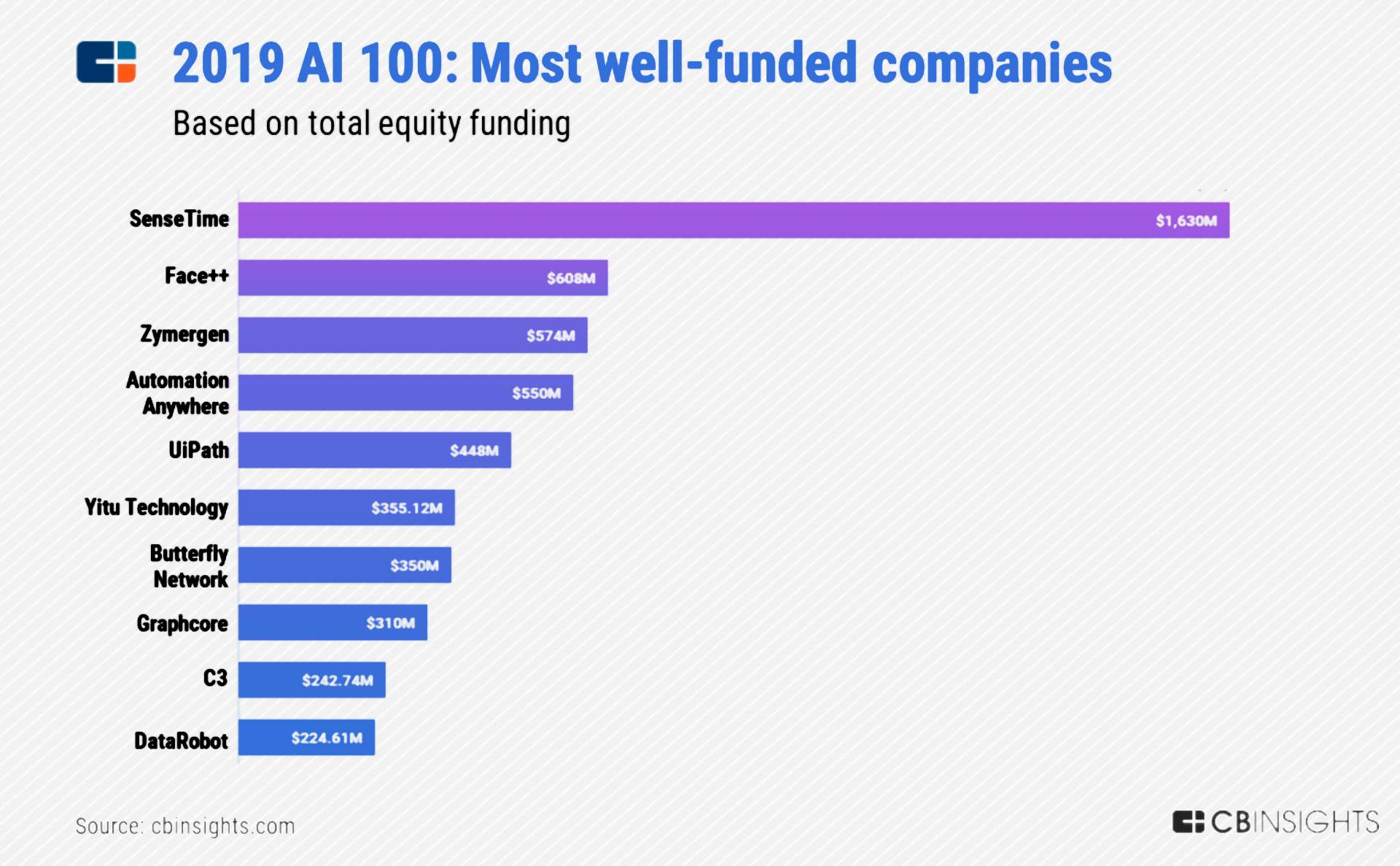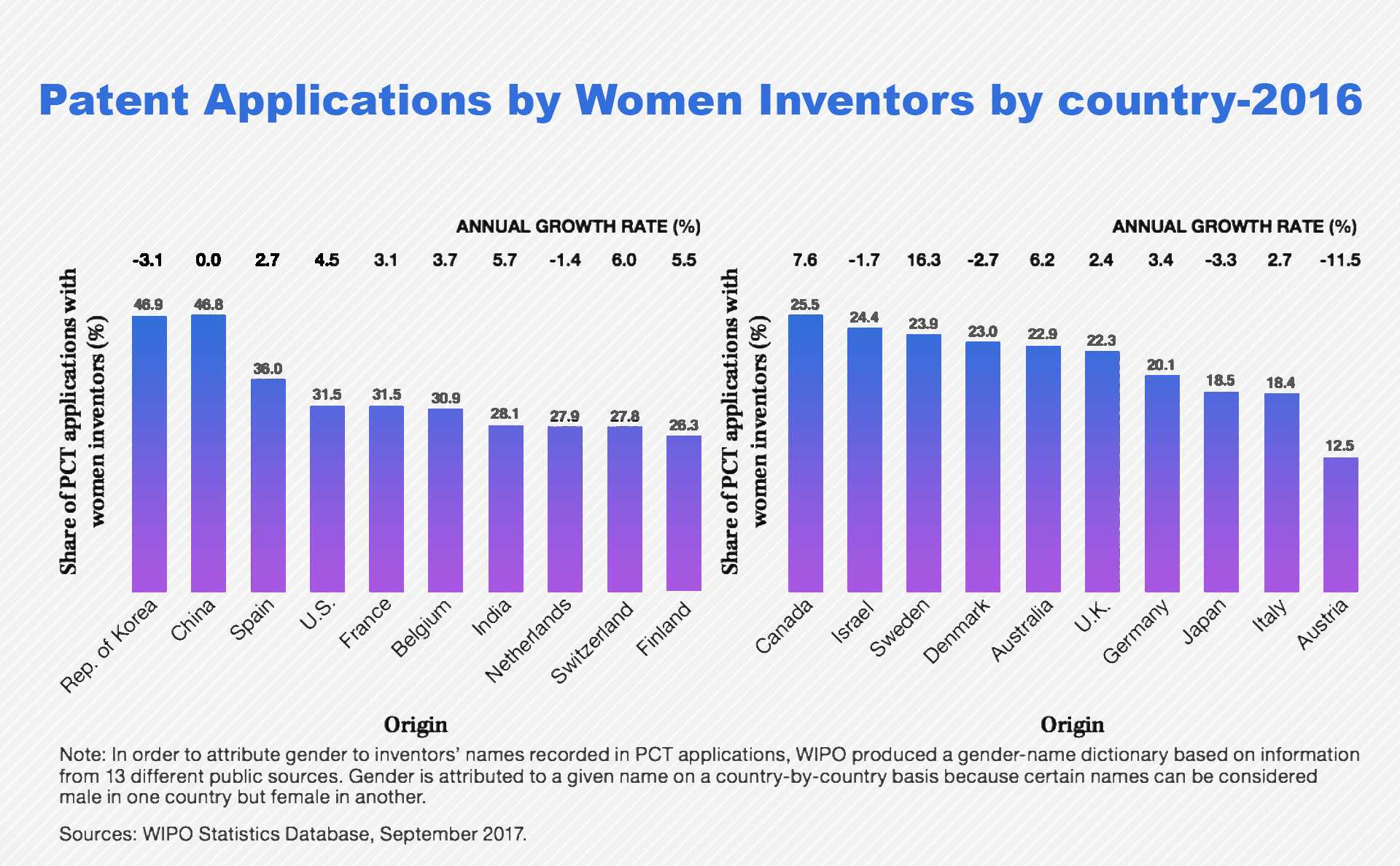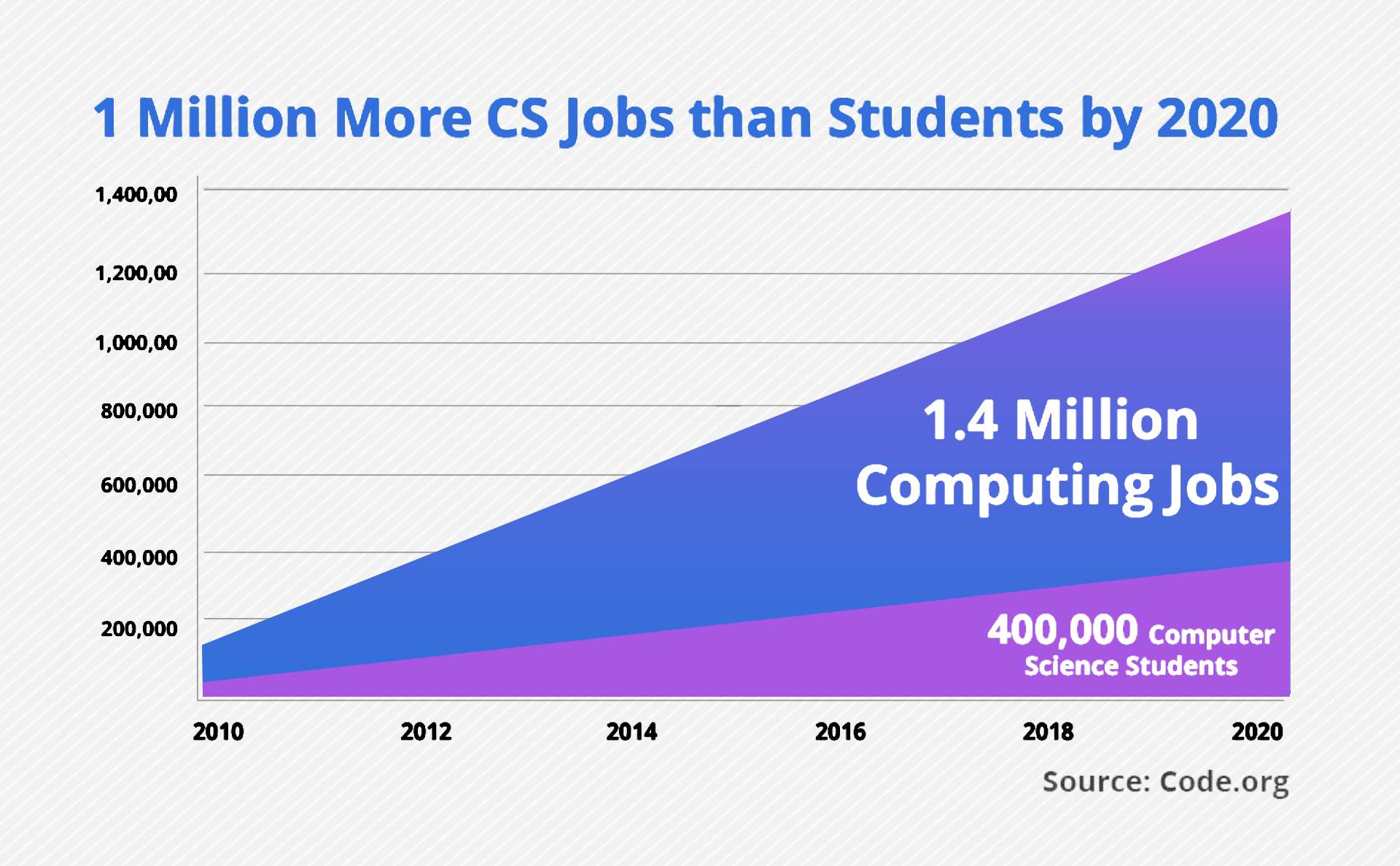
Opinion
14:56, 24-Mar-2019
Measuring the 'race to innovate' between the U.S. and China
Updated
16:13, 24-Mar-2019
James LaLonde

Editor's note: James LaLonde is the CEO of yoli, a serial entrepreneur in China, and a professor of Entrepreneurship at University of International Business and Economics. The article reflects the view of the author and not necessarily those of CGTN.
Beijing is currently hosting the 2019 China Development Forum, where a range of issues related to China's economic development will be discussed. And when it comes to China's economic outlook, there is no escaping that it has a lot to do with the country's economic relationship with the U.S.
In the past year, we have witnessed the tense rivalry between the two countries, especially in the economic sphere. The intersection between trade, tariffs and IP violations (especially with regards to forced technology transfer and trade secrets) has featured prominently in the ongoing U.S.-China trade negotiations. There is inherently a delicate balance between protecting IP and fostering unfettered innovation. Patents on ideas and inventions are an excellent way to track the macro level of innovation occurring in a country. Looking at the number of worldwide patents approved, according to the World Intellectual Property Organization (WIPO), the U.S., China, Japan, South Korea and the European Patent Office (EPO) are the top five, in that order.
However, for measuring innovation in a specific company the “innovation premium” (the difference between a company's market capitalization and the net present value of cash flows from existing businesses) is used more often. Interestingly enough, that when using this proxy, you get the same top five countries: U.S., China, Japan, South Korea, and the EU, ranking the same order. So, no matter how you look at it, the most innovation today is coming from companies in the U.S. and China.
Many who watch the U.S.-China trade talks wonder what the big fuss is over the IP protection clauses of the agreement they are negotiating. However, this is exactly where technology and political ambitions clash. The reason is that the technology areas the U.S. needs to dominate to maintain global technical leadership (5G, AI and blockchain) are all under attack by China.
Since the U.S. has all but lost technical leadership in telecommunications (5G) the strategy has become a strong IP defense. On offense, there is a burgeoning patent race, with companies pursuing AI and blockchain-related patents in hopes of tapping into what's expected to become a multi-billion-dollar industry over the coming years. While China has gotten much attention as the assumptive next leader in these two key industries, it is still too early to call the race. Looking at the data both from a startup-funding and a patent-filing aspect, China is still behind the U.S. It is, however, a strong and fast-moving challenger.

Three things will happen over the several years that will prove this “race to innovate” hypothesis true:
1. Patent filings will continue their rapid escalation in what can be described as a patent filing and protection arms race. Patent Trolls will increasingly become a nuisance to businesses worldwide as unscrupulous patent holders will try to extort money from unsuspecting businesses more and more frequently.
2. Multinational companies from the top patent-producing countries will increasingly take steps to reduce their dependence on strategic foreign-owned technology. The focus will be more on fostering home-grown technologies in sectors each country feels they need to be competitive in.
3. The countries that better empower and encourage women to file patents will have the upper hand long term in the speed of innovation. Humanity will need all its available brainpower deployed to ensure there is a place for everyone to earn a decent living in our AI-powered future. That means utilizing both sexes equally. In the long term, the need to train the next generation of children to program and be comfortable with computing concepts at a deeper and more fundamental level will be paramount.
So how should the Chinese government respond if they intend to win the race?
1. Patents: China will need to file more patents with worldwide viability. Having so many patents filed to meet national, regional, institutional or corporate KPIs that are only binding in China makes no sense if China plans to be competitive on a global scale. China has already proved it can file more patents per year than any other country; the focus here on should be quality and relevancy over quantity. Laws to protect companies and inventors against patent trolls will need to be ratified and enforced.
2. Reduced Dependence on Foreign Technology: Look no farther than Huawei and ZTE to see how China should handle this point. Huawei's smartphones currently run on Google's Android operating system, but the company began developing an Android replacement as a contingency plan should it face a similar ban to the one imposed on Chinese smartphone maker ZTE in April 2018, which prevented U.S. companies from selling components to ZTE for seven years. Many other Chinese companies will follow Huawei's lead to hedge in their respective industries to avoid becoming the next ZTE.

3. Leveraging Women and Children: Regarding women, China is already in the lead. Nearly half of the patents filed in China are already filed by women. However, China's strategy to equip the next generation with the coding and other technical skills is not clear at all. The current education system is one that takes a child's formative years and turns them into a massive, stress-ridden decade-plus of rote-memory focused college entrance exam preparation regime. Lucrative jobs will be in surplus amongst those who can code (design and control) computers and systems. Turning out children that can memorize facts and pass tests does not serve them well when a computer can do that so much better anyway.

Between the U.S. and China, the innovation and technology race has definitely heated way up. But let's be careful not to call it a war. It is just a race and with a race there is always time for those who don't win today to train harder and race again another day. In the end the country who trains and prepares its future generations the best will always have the best chance to win.
(If you want to contribute and have specific expertise, please contact us at opinions@cgtn.com)

SITEMAP
Copyright © 2018 CGTN. Beijing ICP prepared NO.16065310-3
Copyright © 2018 CGTN. Beijing ICP prepared NO.16065310-3